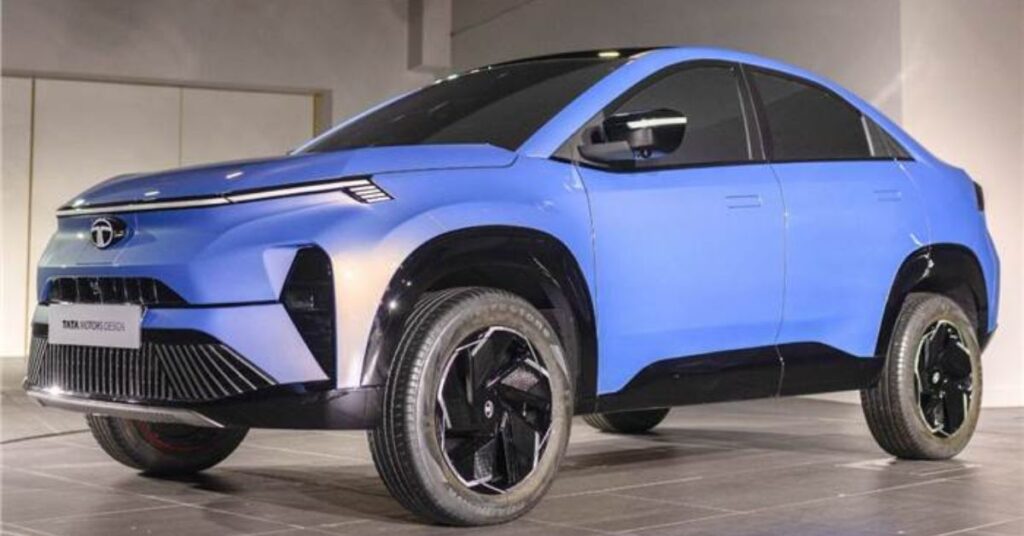Tinted windows in cars offer numerous benefits, from blocking sunlight to enhancing privacy for occupants. In India, where the scorching heat can be intense, the practice of using tinted glass has become popular. However, the legality of tinted windows is subject to specific regulations outlined in the Motor Vehicles Act 1988.
Understanding Tinted Windows
Tinted glass, often applied as sun film, serves to reduce interior temperatures and protect against sunlight exposure. While some car models from manufacturers like Maruti Suzuki and Hyundai come with factory-fitted tinted windows, the majority of users opt for aftermarket sun films. These films not only contribute to comfort but also help preserve the interior of the car.
Legal Restrictions and the Ban on Tinted Glass
The Motor Vehicles Act mandates that front and rear windshields must have a Visual Light Transmission (VLT) of more than 70%, with other windows allowed a VLT of 50%. However, a significant development occurred in 2012 when the Supreme Court imposed a ban on tinted glass and sun films due to concerns about crimes occurring in cars with heavily tinted windows. Additionally, the ban aimed to improve driver visibility and reduce the risk of accidents caused by limited sight.
Despite discontent among car users, the ban has remained in place, prompting the search for alternative solutions.
Permissible Tint Levels and Government Guidelines
While the use of tinted glass is restricted, the government permits certain types of sun films that adhere to specific guidelines. The acceptable VLT levels are 70% for front and rear windshields and 50% for side windows. It is crucial to note that tinted windows need not be excessively dark to provide UV ray and sunlight protection. Several light tint products maintain good visibility while delivering essential benefits.
Before applying window films, users must ensure that the products meet government standards and originate from reputable brands.
How to Remove Tinted Windows
For those looking to comply with regulations or alter their car’s appearance, the removal of tinted windows is a meticulous process. Using a heat gun or a hairdryer can melt the tinted foil’s adhesive, allowing for its careful removal. Subsequently, soapy water proves effective in eliminating any remaining glue residue from the window.
Conclusion
While the ban on tinted windows in India remains, there are acceptable alternatives that align with government guidelines. Understanding the legal limits and choosing compliant products ensures car owners can enjoy the benefits of tinted windows without running afoul of the law.
Read More:




